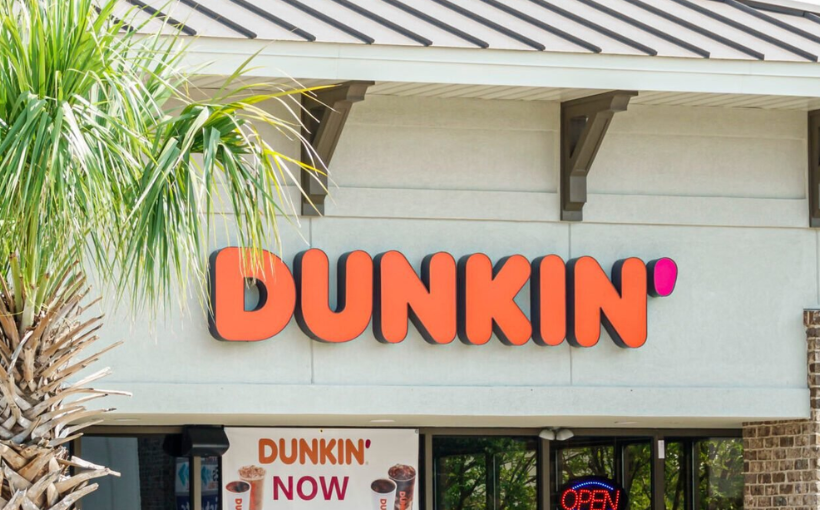Corporate leaders see amenities as a way to entice employees back into the office, but often these features do not align with what workers actually desire. This disconnect can lead to a negative workplace experience and potentially cause employees to resist returning or even leave their jobs.
A recent report from MRI Software and CoreNet Global revealed that this gap between desired amenities and actual implementation could have significant consequences for businesses. In order to bridge this divide, it is important for companies to understand what their employees want in terms of workplace perks.
The study surveyed 200 national and international workers across various industries, asking them to rank 19 different amenities in order of importance. The top-ranked amenity was air quality, followed by efficiency. However, when asked about how much employers were prioritizing these features (or “actioning” them), air quality fell behind efficiency on the list.
Other notable gaps included:
– Amenity-rich environments: While individuals ranked this as fourth on their desired list, it only came in at tenth place for actual implementation.
– Biophilia: Individuals ranked this feature tenth on their list but corporations placed more emphasis on its implementation at fourth place.
– Living lab: Testing new workplace designs was ranked twelfth by individuals but only sixteenth by corporations.
– Demountable designs: Moveable walls and partitions were seen as thirteenth most important by individuals but only sixteenth most implemented by companies.
This discrepancy highlights the differing priorities between individual contributors who prioritize immediate benefits like air quality and mental well-being versus corporate leaders who focus more on cost savings and meeting ESG mandates (energy efficiency/sustainability/inclusive design).
To bridge this gap between employee desires vs company offerings , business leaders should consider tailoring amenity offerings based on employee preferences; taking regional variability into account when making decisions about leases or building retrofits; aligning stakeholders’ perspectives; communicating openly with staff about initiatives related energy efficiency/accessibility/well-being which can lead to increased transparency and engagement.
As more companies begin to mandate a return-to-office policy, it is crucial for employers to create a positive workplace experience that promotes productivity and collaboration. This can be achieved by paying close attention to employee preferences when it comes to amenities. By doing so, businesses can attract top talent and retain their workforce in the long run.




